![]()
![]()
![]()
Use LEFT and RIGHT arrow keys to navigate between flashcards;
Use UP and DOWN arrow keys to flip the card;
H to show hint;
A reads text to speech;
5 Cards in this Set
- Front
- Back
|
When assessing the sartorius, what is the joint position be assessed?
|
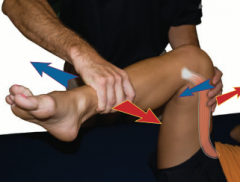
Hip flexion, external rotation, and abduction with knee flexion
|
|
|
When assessing the sartorius, what are the muscles being assessed?
|
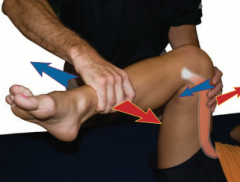
1. Satorius
2. Rectus femoris, psoas, medial hamstring complex, gracilis, hip external rotators |
|
|
When assessing the sartorius, what are potentially overactive muscles if strength is limited?
|
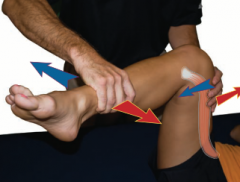
1. Adductor magnus
2. Hamstring complex, adductor longus, adductor brevis, pectineus |
|
|
When assessing the sartorius, how should the client be positioned?
|
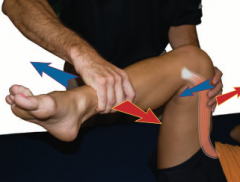
Supine with hip and knee flexed..thigh in external rotation and abduction
|
|
|
When assessing the sartorius, what are the movement impairments as demonstrated by the overhead squat assessment?
|
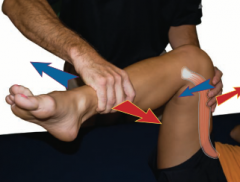
Feet flattening, feet turning out, knees moving inward, and or low back rounding
|

